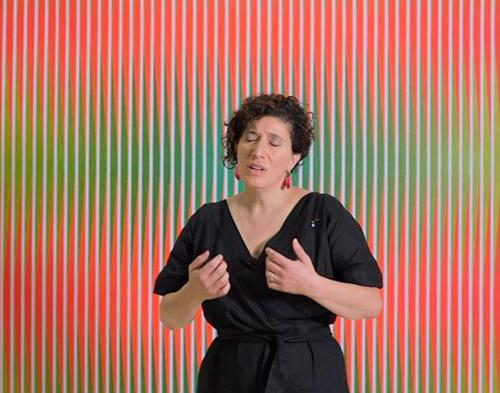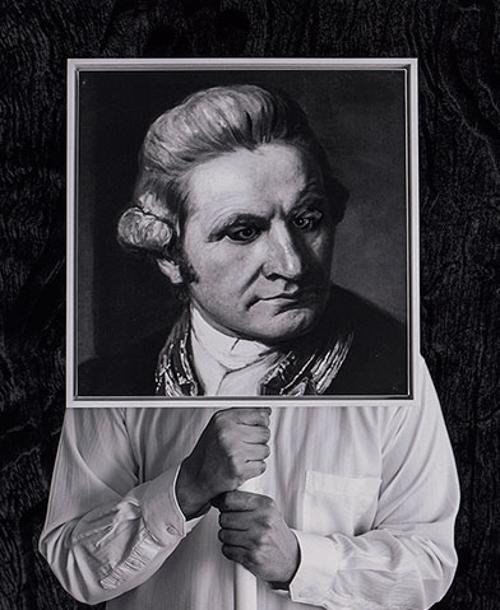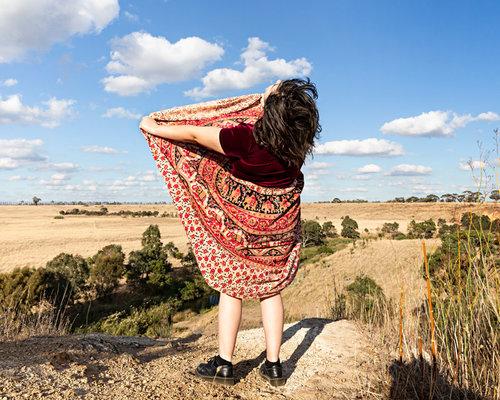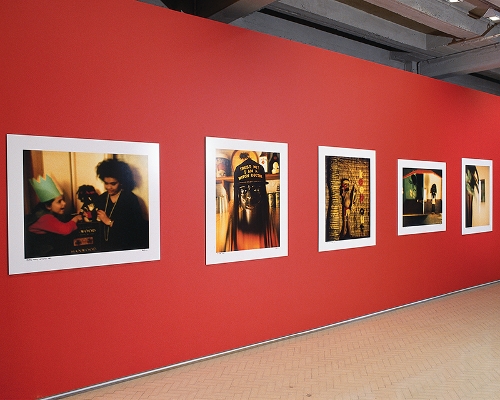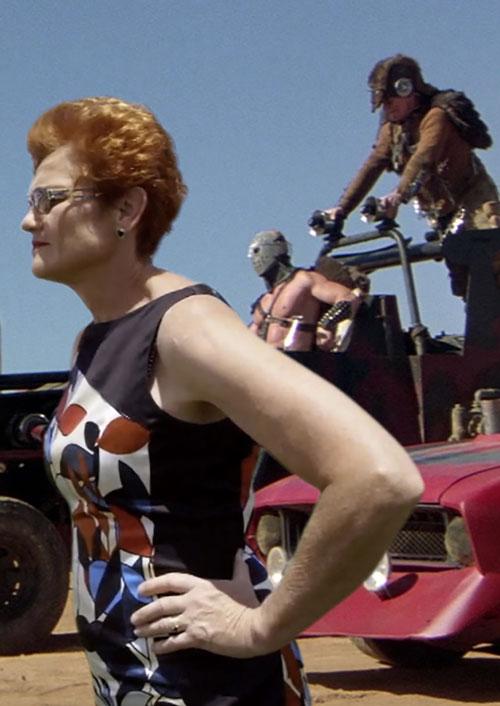.jpg)
At a time when materiality is under increasing scrutiny in many areas of art practice and contemporary life, a show about the intangible qualities of materials is a refreshing shift of focus. Capturing a range of ideas about how we experience material phenomena and spaces of the mysterious or unknown, Numinosity at Contemporary Art Tasmania presents an eclectic mix of works that, among other things, explores the legacies of Surrealism and Minimalism in contemporary practice and their continued power to evoke tension and unease. Upon entering the exhibition, one encounters an orderly scene of similarly scaled objects, clusters and pairings of works inviting us into a spatial, energetic resonance. On closer inspection, the show reveals a series of complex conversations about the vitality of materials and kinetic relationships, latent energies in suspended states of momentum, and the seduction of intangible phenomena in our intimate relationships, cultural spaces and systems of knowledge and production.
.jpg)
‘Numinosity’ is a curiously old-fashioned term traditionally describing the experience of the supernatural, unexplained phenomena or the sublime. Popularised in 1917 by theologian Rudolf Otto in his treatise on holiness[1], numinosity relates to our perception of mystery and terror when encountering the divine and the overwhelming sense of awe that such mystery provokes. Otto’s term ‘numinosum’ influenced Carl Jung who used it to describe ‘a quality belonging to a visible object or the influence of an invisible presence that causes a peculiar alteration of consciousness.’[2] If this generates an experience of meaningfulness, externally derived and inexplicable, it is these same qualities which prove transformative for the subject. In its various formulations, the term numinosity conveys a history of Western ideas about the effects of encountering profound mystery and the challenge such experiences present to scientific or rationalist thought.
Connecting these ideas, Numinosity suggests the numinous is not only available to us as a rather spiritual or experience, but as a phenomenological one through our perception of everyday materials, objects and energies. Not limited to moral, religious or spiritual traditions, the works provide a range of access points for exploring mysterious energies in our everyday world that may influence our beliefs, ways of knowing and sensory perception.
.jpg)
The atmosphere of the show is immediately set by the soundtrack of Belle Bassin’s video work Form 8 (Sometimes you have to dance with someone you didn’t choose to dance with) (2019-2021) that combines slick manufacturing sounds with ethereal electronic tones to create a seductive, hypnotic ambience. Set across the industrial spaces of a train station and an aisle of Bunnings, Bassin’s video presents three figures performing a fluid choreography of interlocking parts seemingly bound by an organised flow of energies. Such choreography conveys kinetic relationships between the dancers and the energies of their environments, explored physically through the surrounding movements of trains and escalators, and metaphorically through reference to the transport and construction industries. Bassin’s videography constructs such environments as sensual zones where the human body is part of a network of production and connectivity, components in a continuum of forces which we both animate and move through. These ideas are further explored in Bassin’s other Form works where her minimalist, undulating acrylic and wood sculptures and series of paintings explore wavelengths of colour, light and line in more abstract ways.
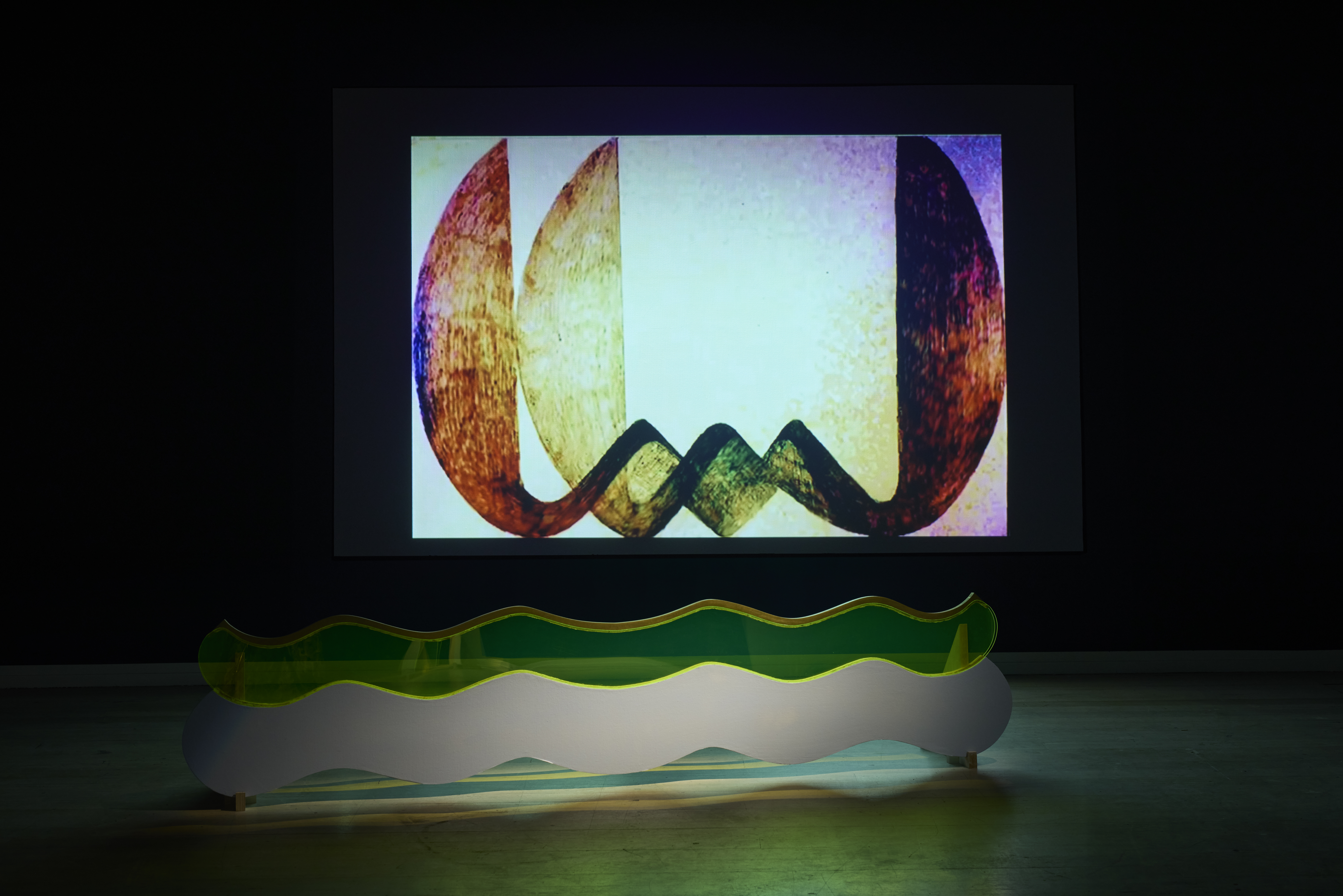
Minimalist forms and trace energies are also embodied in Belinda Winkler’s Brink #3 and Brink #4 (2021). Winkler’s curved bronze vessels teeter on the edges of a steel plinth and shelf, embodying spatial tensions and suggesting the presence of invisible forces preventing their fall. Suspended thus, the works create a hyper-awareness of the collusion of time and space in the transfer of energy, inviting us to gaze upon a moment of suspended movement. Possessing uncanny temporal qualities, Winkler’s works evoke a numinosity of space-time, each vessel reflecting a pause in the continuum and offering a moment for us to marvel at the relationships between velocity, mass and momentum.
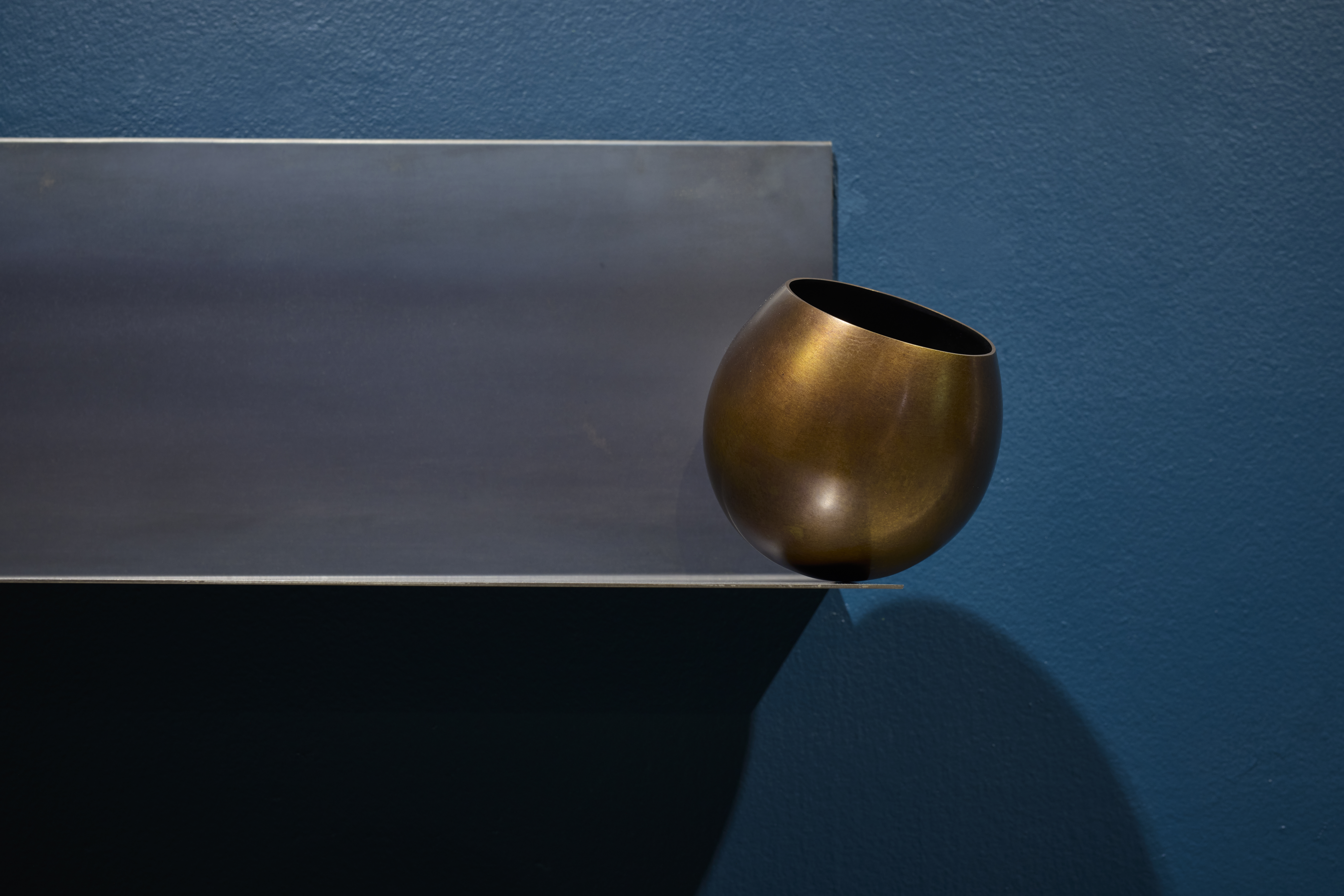
The conversation between kinetic energies of Bassin’s and Winkler’s works moves towards a more psychically charged space with Veronica Kent & Sean Peoples’ 20 Days of Dream Telepathy (The Telepathy Project) (2008-2014). Developed as part of their long-running collaboration ‘The Telepathy Project’, this work is staged as a congregation of chairs in the centre of the gallery, each draped in colourful fabric and displaying an oil painting created in response to dream experiments conducted by the artists during a residency in Barcelona. Testing the Greek philosopher Democritus’ ideas that perception is produced by the interaction of atoms, and that images have material properties that can enter our bodies and affect our dreams, Kent and Peoples placed images under each other’s pillows and ‘dreamt’ on them, recounting their dreams each morning. Blending Democritus’ materialism with echoes of Surrealist practices, (particularly Andre Breton’s ‘dream objects’) and the telepathic endurance/performance works of Marina Abramović and Ulay, the work evokes exchanges between psychological and material states of consciousness, positioning art as a form of telepathy between thought and form, between past and present worlds.
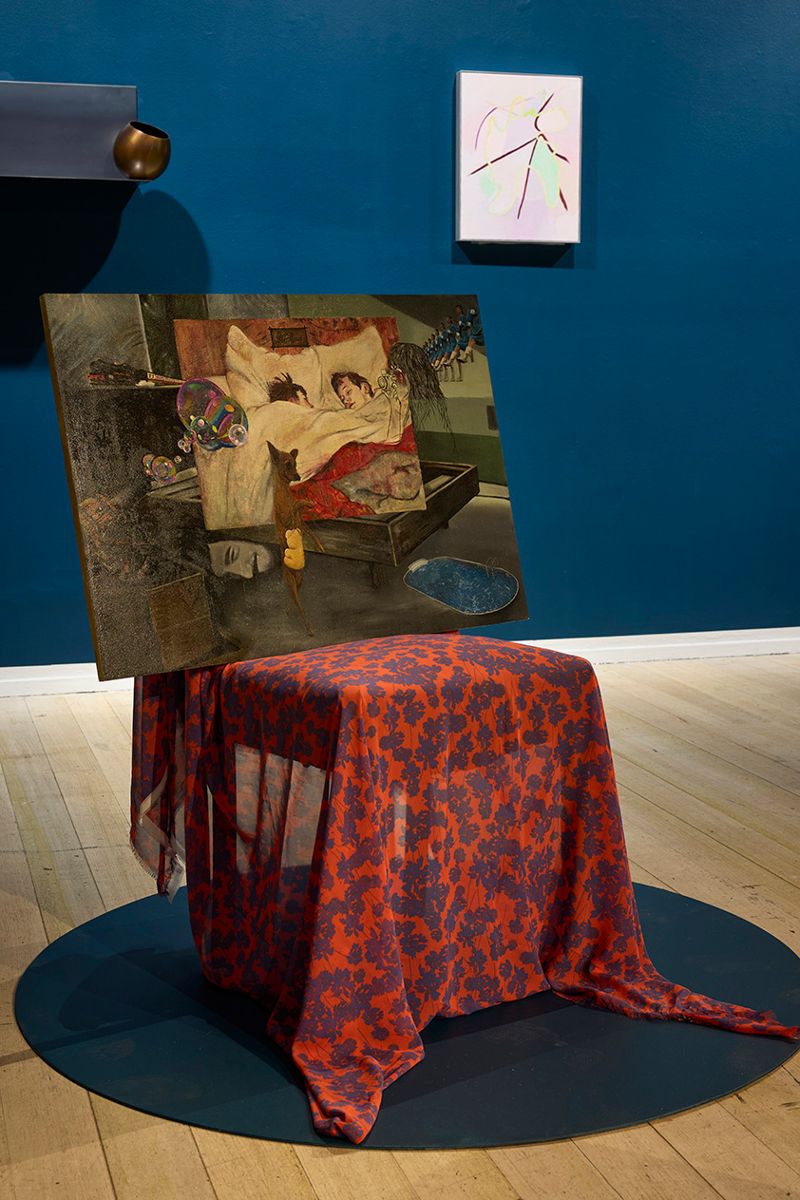
Moving throughout the assembled chairs, we encounter familiar images such as Edvard Munch’s The Scream (1893), or classical Greek sculptures and pop culture icons such as Charlie Sheen and Oprah Winfrey among various forms, art-historical celebrities and archetypal symbols, all playing their part in the artists’ dreams. Like the richly woven patterns of the fabrics, the paintings are complex entanglements of historic reference and personal narrative, a kaleidoscope of designs, symbols, figures and forms held together by the internal language of a dream. Harnessing the imaginative potential of telepathy as both a process and concept, 20 Days of Dream Telepathy explores how dreaming might reveal an embodied connection to the physical world, and also how art might be a conduit for transmitting images and ideas between subjective and collective states of consciousness.
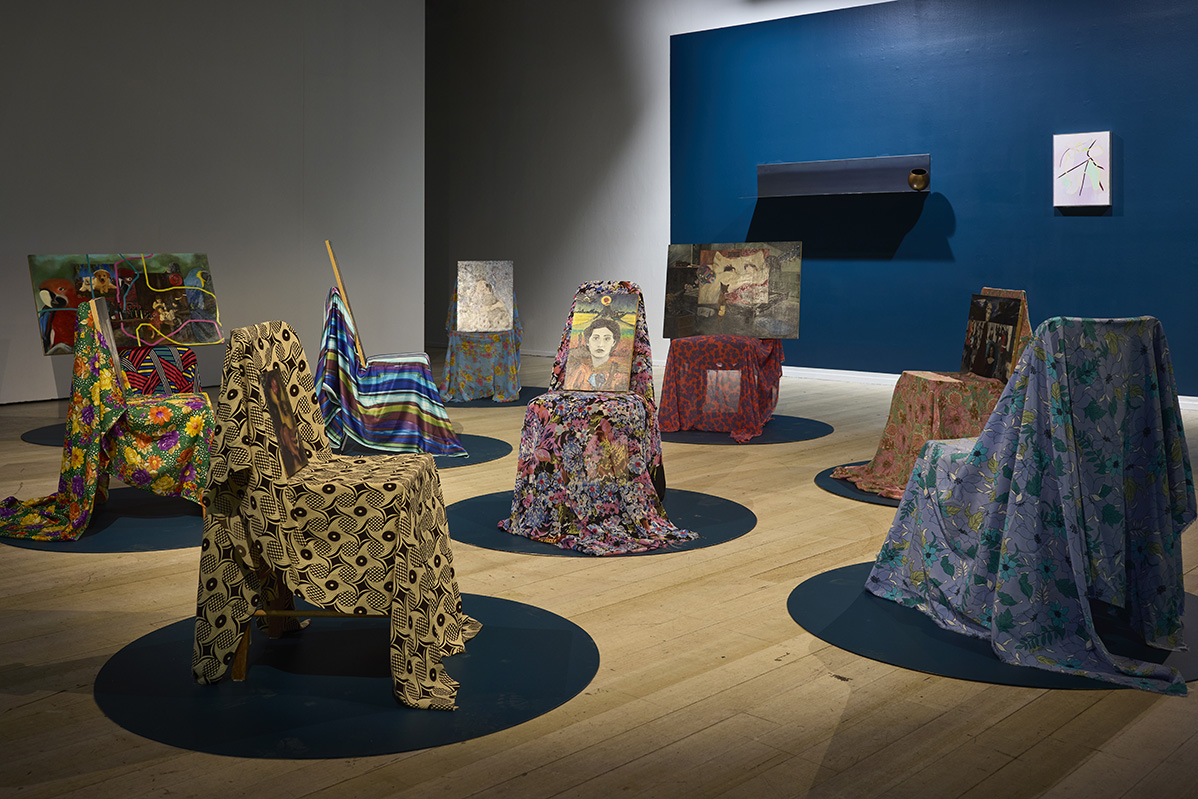
Such dialogues about the transfer of energies across timeframes and worlds are continued in Wanda Gillespie’s Counting Frame (Medium with Pink and Green) (2020) and Higher Consciousness Integrating Calculator (with Gumnut) 4 (2019). Reimagining the abacus as a conceptual tool, Gillespie’s intricate, hand-carved beads reference atomic or molecular structures, and the transfer of energy between cultural materials and traditional practices such as wood carving. For me, the tactility of these works evoked childhood memories of the satisfaction of performing equations through the physical manipulation of beads, but Gillespie’s works suggest more sophisticated equations than the quantitative methods of tabulation. Her curved rods and gumnut beads connect us to Australian ecologies and landscapes, the hand carved details referencing decorative ceremonial or religious objects and maze-like structures suggesting sacred geometries that might unlock access to elevated consciousness. Among the other works in the show, Gillespie’s abacuses resonate with the promise of connecting to a higher order and calculating one’s place in a mysterious universe.
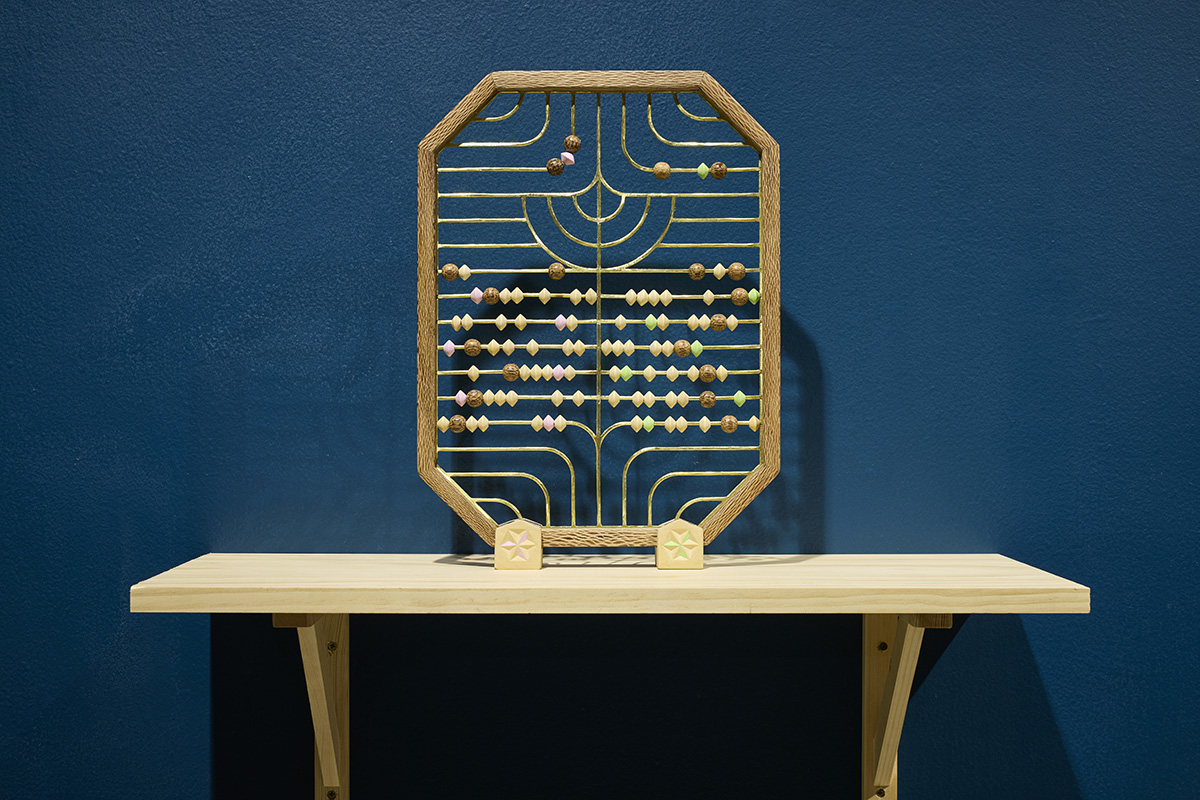
Numinosity does not amount to the overwhelming effects of holiness or spiritual experience on the grand scale, but this is not a show about the grand narratives of existence or art, nor the humbleness of humanity before the divine. In assembling this quiet collection of thoughtful, hand-made works, the curatorial framework of the show references numinosity on a human scale where access to mystery is forged through our relationships to the materials around us and our personal histories of making and thinking. The overall effect is seductive in the balance it creates between familiar and unfamiliar forms and energies, in the lure of strangeness in watching people performing everyday movement in Bunnings, or the fascination of a bronze vessel perched between states of rest and fall. Regardless of whether these effects generate awareness of our connection to the energies around us in a grounding fashion, or encourage a leap of faith towards the unknown, the experience is strangely liberating. While the show carries the historical weight of the grand discourses of science, religion, archaeology and psychoanalysis, it carries it lightly, easily absorbing it into speculative gestures and conceptual play. Numinosity moves us beyond the old binaries of human/divine or consciousness/unconsciousness to a mode of connecting and contemplating our relationship to mysterious forces in ways that are fascinating, multifaceted and seductively within reach.
This project was developed through the CAT Program Committee curatorium: Pat Brassington, Sofie Burgoyne, Michael Edwards, Stevie S. Han, and Colin Langridge.
Footnotes
- ^ Rudolf Otto, The Idea of the Holy: An Inquiry into the Non-Rational Factor in the Idea of the Divine and its Relation to the Rational (Das Heilige. Über das Irrationale in der Idee des Göttlichen und sein Verhältnis zum Rationalen), first published in German in 1917, first English translation in 1923.
- ^ Carl Jung, Collected Works of C.G. Jung, Volume 11: Psychology and Religion: West and East, eds., Gerhard Adler and R.F.C. Hull, (Princeton: Princeton University Press, 1969), 7.

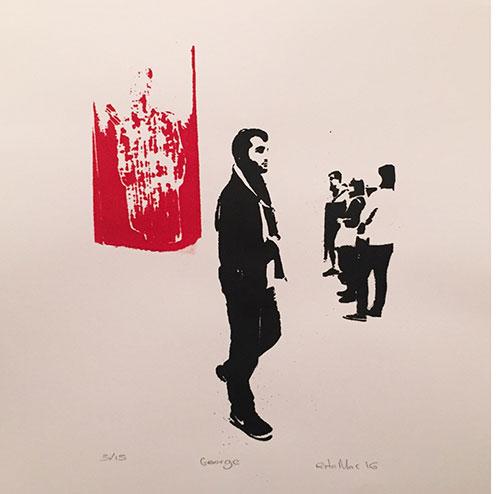
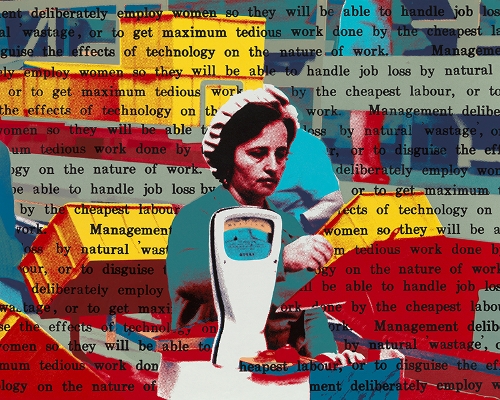
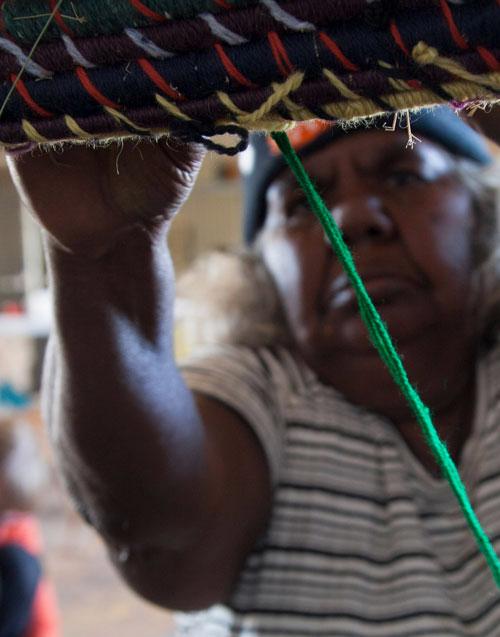
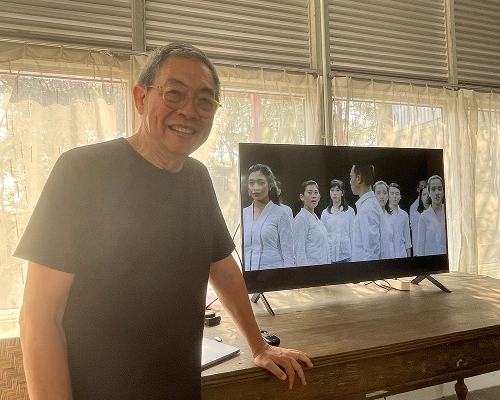
 Bisma (2023)_Card.jpg)
